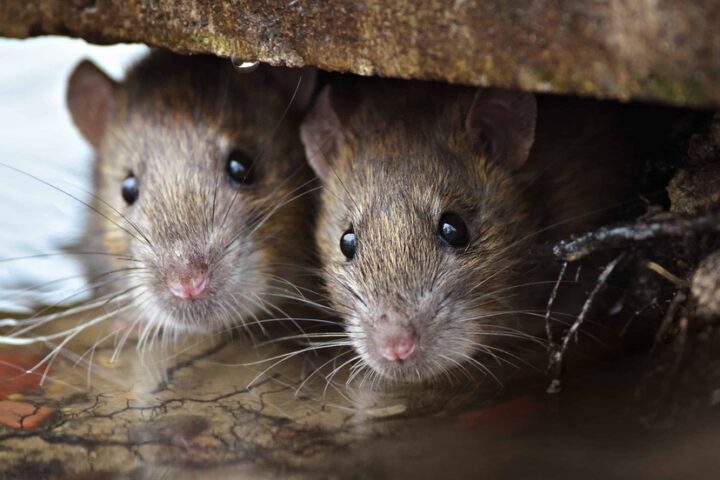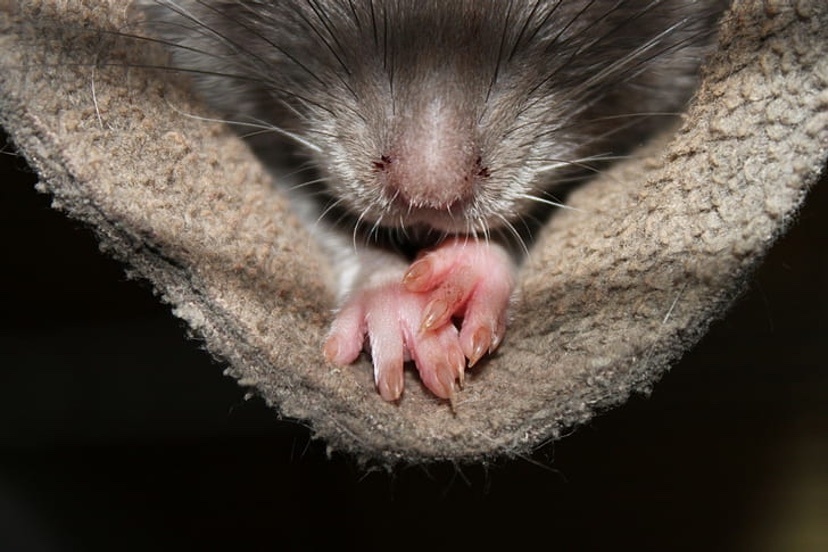On Monday, the Daily Post shared some news from the Town government, inviting the community to participate in a open house tomorrow, October 10 at the Ross Aragon Community Center, where you will be able to learn about, and comment on, millions of dollars in taxpayer spending aimed at ‘enhancing’ the San Juan River.
Please join us for the Pagosa Gateway River Project-60% Design Presentation on Thursday, October 10, at 5:30pm at the Ross Aragon Community Center. This event will include an informational presentation on the project’s progress and gather valuable community feedback. We hope to see you there!
Additionally, the Town is offering a virtual open house that is open now through tomorrow, October 10. Visit https://mypagosa.org/pagosa-gateway-project-60-design-open-house to participate in the online open house.
We illustrated the press release on Monday with this photo of the San Juan River, from the summer of 2022.

I assume most of the folks in this photo are tourists?
The Town press release concluded:
So, whether you’re an avid fisherman, a pastime boater, or just love the river, come join us at the open house and share your thoughts. See you there.
But… what if you’re not an avid fisherman or pastime boater… or if you don’t especially love the tourists who flock to town during the summer? Does the Town government still want to hear from you? Maybe you’re just an irritating distraction from our forward progress as a tourist recreation Mecca.
Back in Part One of this editorial series, I wrote about some research into the behavior of Norway rats, led by scientist and ecologist John B. Calhoun. At one point, his team had determined that street rats in Baltimore, Maryland tended to form stable communities of about 150 individuals per city block, regardless of access to food. At one point, his team released 100 or so specially-marked rats into one particular city block, to see what might happen. When they later tried to find the marked rats, those rats had seemingly vanished from the scene, and the block’s overall population had actually declined.
A possible moral to the story: adding more individuals to a stable population can have a negative effect.
We might go out on a limb — as non-scientists will sometimes do — and suggest that Mother Nature provides mechanisms for establishing stable populations of animals. We might even suggest that such a thing as “Balance of Nature” exists.
In Part Two, we touched on Dr. Calhoun’s later experiments — this time with mice — and further evidence that too many individuals trying to live and reproduce in an enclosed area can lead to devastating outcomes, to include the total cessation of breeding activities and the eventual death of the society. Dr. Calhoun invented the term “behavioral sink” to describe this effect.
Dr. Calhoun later became interested in how humans might deal with overpopulation.
I moved to Pagosa Springs in 1993 at the urging of my wife, Clarissa, who found this small, rural community to be well suited to her needs as a wife, mother, artist and community member. I thought we might live here for five years, and then escape back to Alaska. 30 years later, I’m still here and can’t easily imagine living anywhere else.
I can’t say for sure, but I suspect that if, in 1993, you had asked a typical full-time resident of Archuleta County whether they minded the growth of the tourism industry here, they would’ve likely said, “What tourism industry?”
Yes, there were the usual negative comments about the Texans and Californians moving in, building their oversized homes, and bringing with them different values that maybe didn’t align with Pagosa’s laid-back, rural lifestyle. But those comments were easily dismissed by certain business and political leaders who wanted, more than anything, to promote population growth, increased real estate prices and retail sales, and growth of the tourism industry.
I can’t say for sure, but I suspect that if, in 2024, you asked a typical full-time resident of Archuleta County what they thought about the growth of the tourism industry here, they would likely say, “Too many damned tourists. Especially in the summer.”
But those comments could be easily dismissed by certain business and political leaders who still want, more than anything, to promote population growth, increased real estate prices and retail sales, and growth of the tourism industry.
Okay, maybe not the increased real estate prices. That part of the growth equation has gotten totally out of hand.
One thing I found particularly fascinating about Dr. Calhoun’s rodent research projects: after introducing the male-female pairs into the environment, he apparently didn’t try to influence the population dynamics, other than to provide the rodents with essentially unlimited access to water and food and nesting materials.
It was the rodents themselves — especially, the dominant males — who limited the access to food.

Humans are not rodents, and the behavior of rodents cannot be directly translated to human behaviors. But I found this description of the so-called “behavioral sink” — as shared yesterday in Part Two — to be quite interesting.
Among the aberrations in behavior were the following: expulsion of young before weaning was complete, wounding of young, increase in homosexual behavior, inability of dominant males to maintain the defense of their territory, aggressive behavior by females, passivity of non-dominant males with increased attacks on each other which were not defended against.
After day 600, the social breakdown continued and the population declined toward extinction. During this period females ceased to reproduce. Their male counterparts withdrew completely, never engaging in courtship or fighting and only engaging in tasks that were essential to their health. They ate, drank, slept, and groomed themselves – all solitary pursuits. Sleek, healthy coats and an absence of scars characterized these males. They were dubbed “the beautiful ones”.
We can’t know — 60 years later — if Dr. Calhoun was accurately describing the results of his NIMH rodent experiments. It’s possible he was seeing what he expected to see, and that he didn’t notice “the other side of the story”.
In the same way, we might not be noticing the changes happening in Pagosa Springs and in America and around the globe. We might be seeing what we want to see, and hearing what we want to hear, and disregarding the rest.

